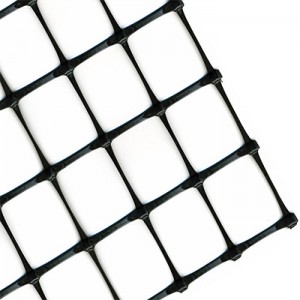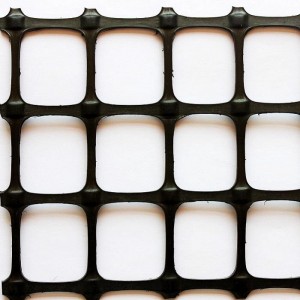HDPE Biaxial Geogrid
Product Description
We, Shanghai Yingfan Engineering Material Co., Ltd., is a HDPE biaxial geogrid and other geosynthetics supplier in China. The soil body strength and deformation characteristics can be enhanced and improved after the reinforcement materials are mixed or laid. Geogrid is a quite important part of the reinforcement material family. HDPE biaxial geogrid can be defined as plastic stretching geogrid, which can be classified from woven PET geogrid, woven glass fiber geogrid, and others.
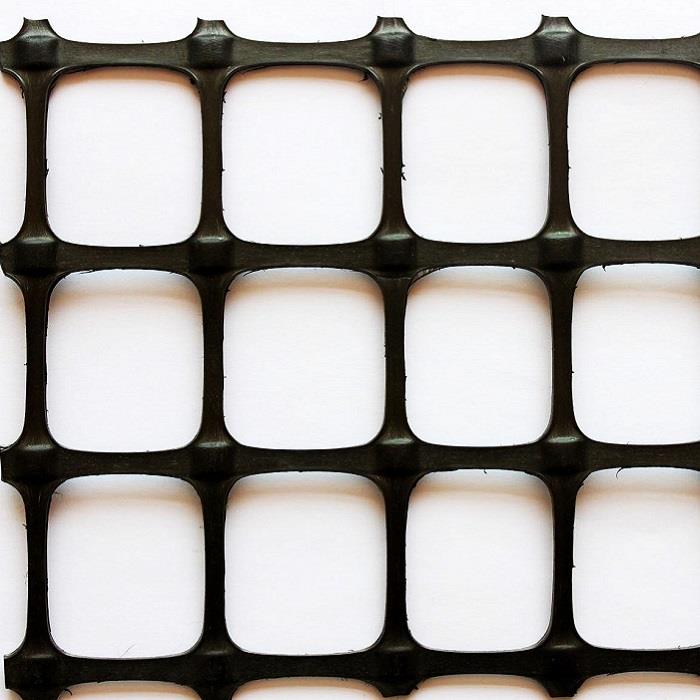
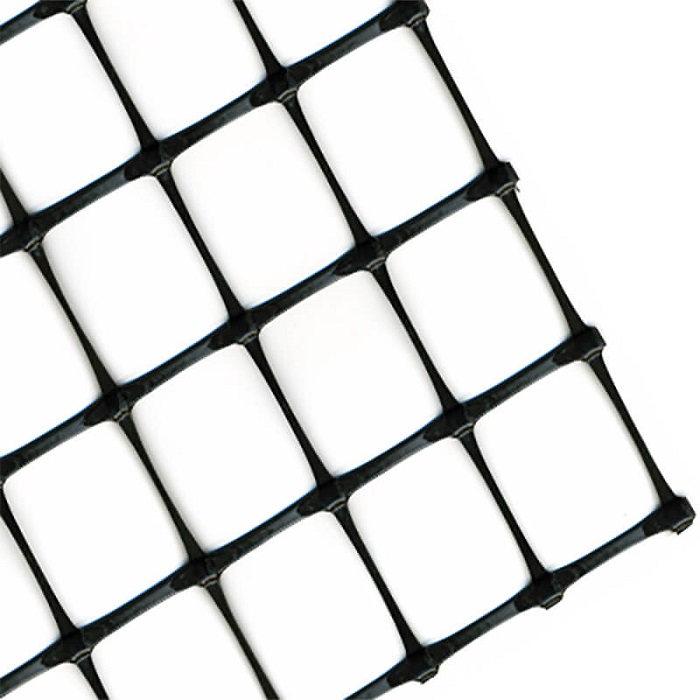
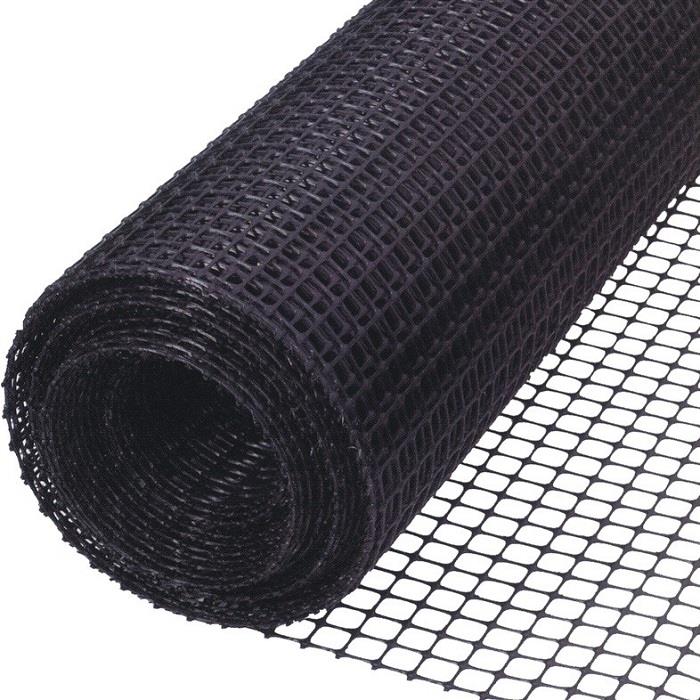
HDPE Biaxial Geogrid Introduction
HDPE biaxial geogrid is made of polymer material of high density polyethylene. It is extruded into sheet and then punched into regular mesh pattern, then stretched into a grid in longitudinal and transverse directions.
The high polymer of plastic geogrid is directionally arranged in the heating and stretching process of manufacturing, which strengthen the binding force between molecular chains so it increases the grid strength.
The principal function of HDPE biaxial geogrid is for reinforcement.
The key feature of geogrid is that the openings between the adjacent sets of longitudinal and transverse ribs, called “apertures,” are large enough to allow for soil strike-through from one side of the geogrid to the other. The reason for this is that in anchorage situations the soil strike-through within the apertures bears against the transverse ribs, which transmits the load to the longitudinal ribs via the junctions. The junctions are, of course, where the longitudinal and transverse ribs meet and are connected.
Features and benefits
1. Stabilizes the retaining walls, subbases, subsoils below roads or structures.
2. Provides excellent stress transfer.
3. Prevents deterioration/shifting of base material.
4. Increases structure life span.
5. Chemical, UV, and biological resistance.
Specification
| Product Spec. | Ultimate Tensile Strength MD/CD kN/m ≥ | Tensile strength @ 2% MD/CD kN/m ≥ | Tensile strength @ 5% MD/CD kN/m ≥ | Elongation at ultimate tensile strength MD/CD % ≤ |
| TGSG1515 | 15 | 5 | 7 | 13.0/15.0 |
| TGSG2020 | 20 | 7 | 14 | |
| TGSG2525 | 25 | 9 | 17 | |
| TGSG3030 | 30 | 10.5 | 21 | |
| TGSG3535 | 35 | 12 | 24 | |
| TGSG4040 | 40 | 14 | 28 | |
| TGSG4545 | 45 | 16 | 32 | |
| TGSG5050 | 50 | 17.5 | 35
|
Application
1. Retaining walls,
2. Steepened slopes,
3. Embankments,
4. Sub-grade stabilization,
5. Embankments over soft soils,
6. Waste containment applications.
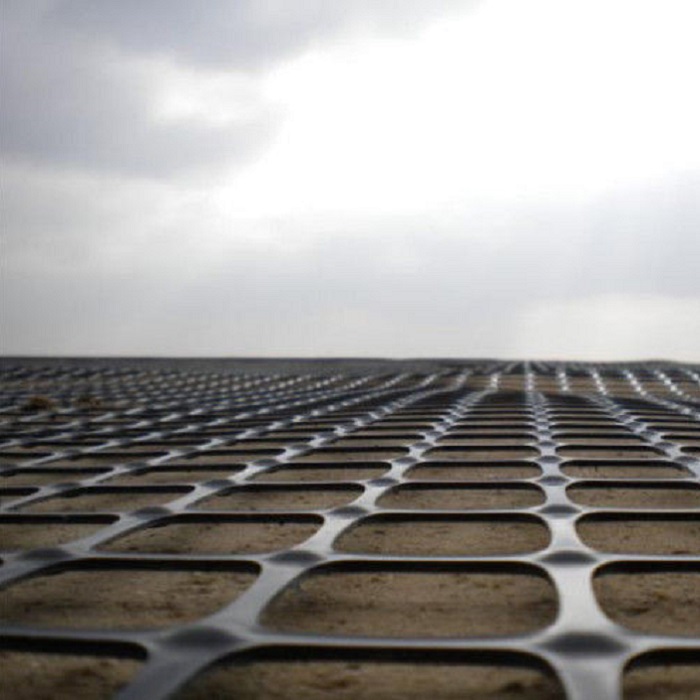
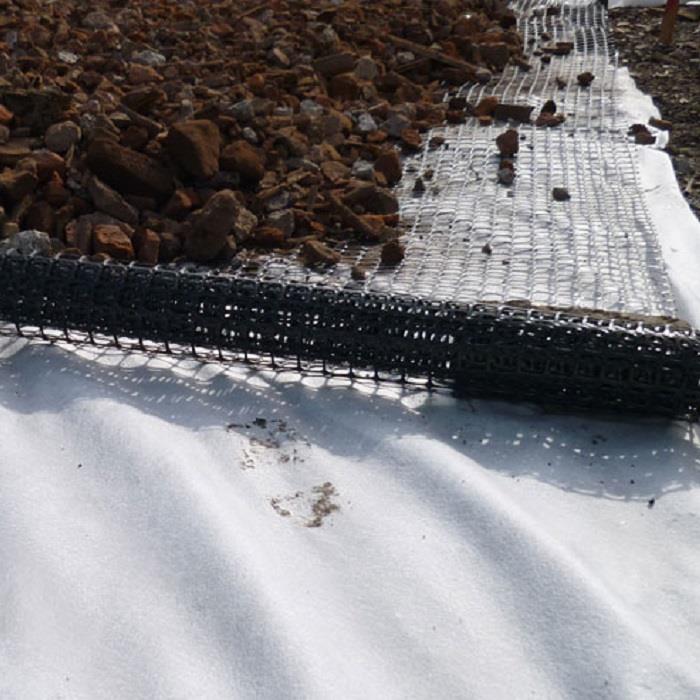
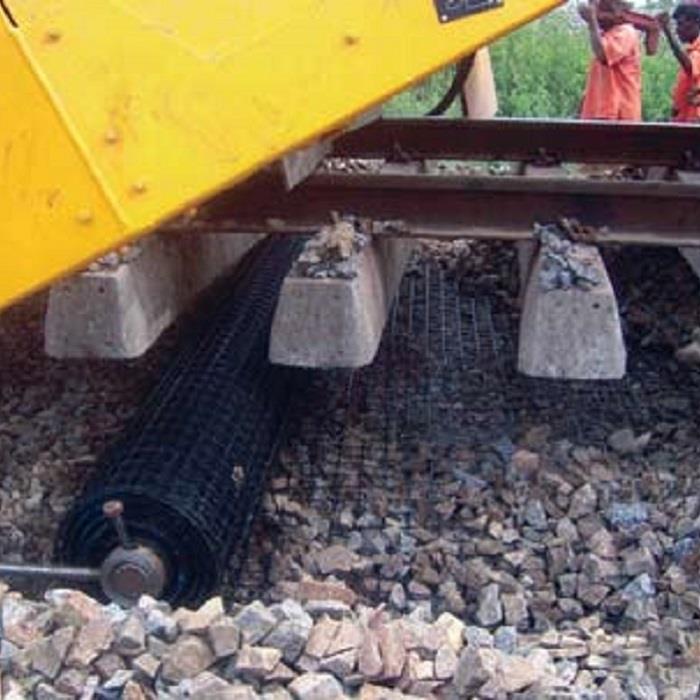
FAQ
Q1: Is it available to get a free sample from your company?
A1: Yes, we can. And more, we can provide free sample and free courier freight for our first inquired customer.
Q2: Can we order small quantity of your goods?
A2: Yes, you can as long as your order quantity is available for our stock.
Q3: Which certificates does your company have?
A3: CE, ISO9001, ISO14001, OHSAS18001, etc.
Soil reinforcement is quite critical in many foundation constructions. Soil body has compressive and shear strength but it is lack of tensile strength. Adding of geogrids in the soil body can greatly improve its tensile and shear strength plus provide continuity of soil particles. So our geogrids products are a good choice for your engineering performance. Please do not hesitate to contact us for more details.

